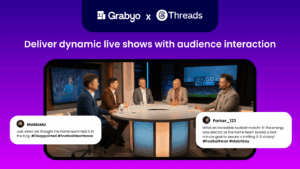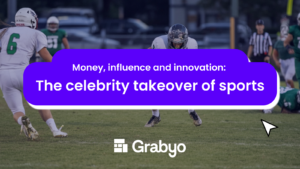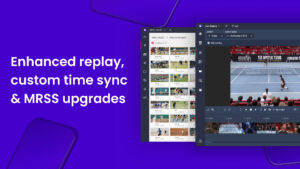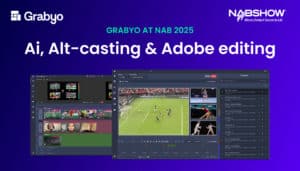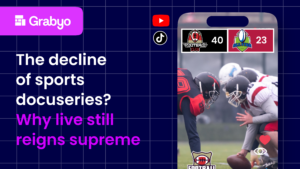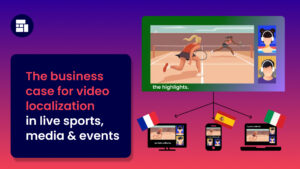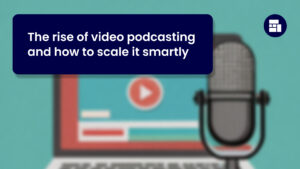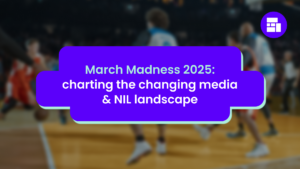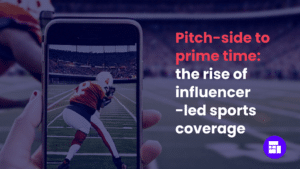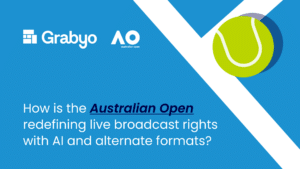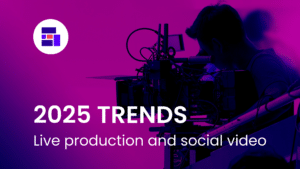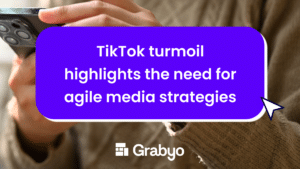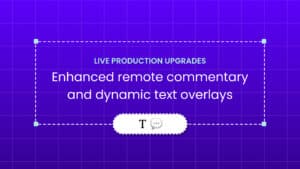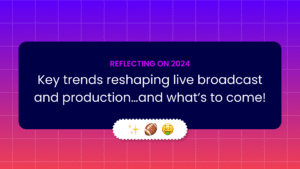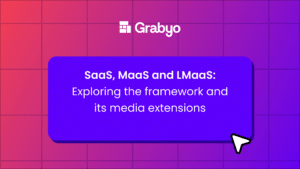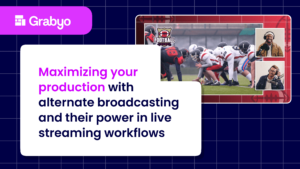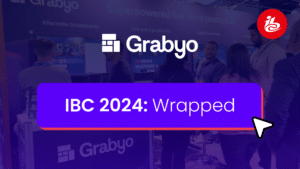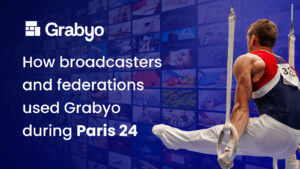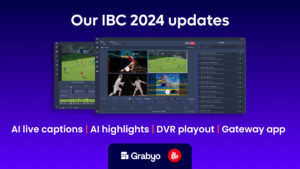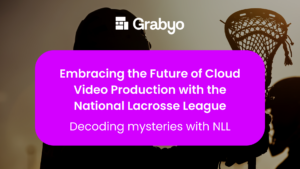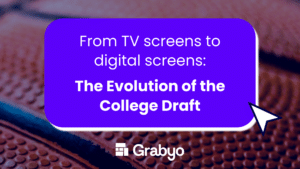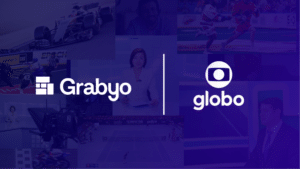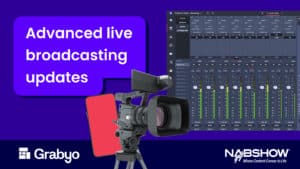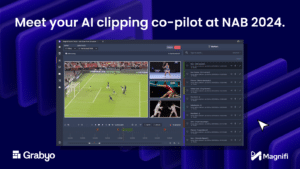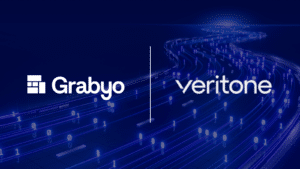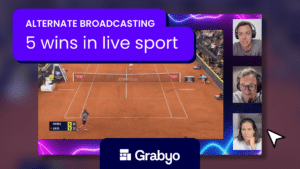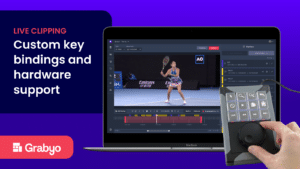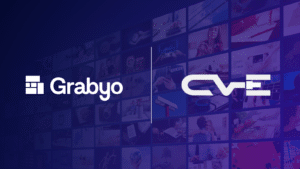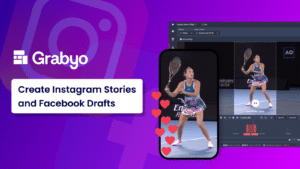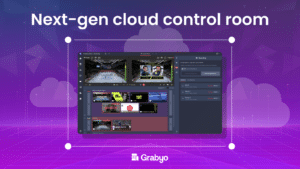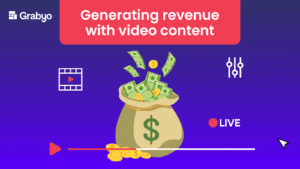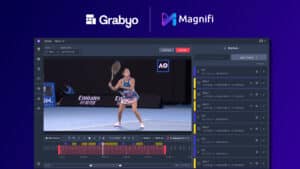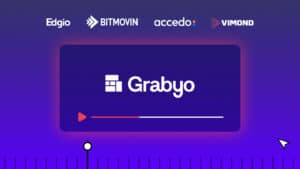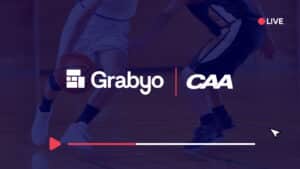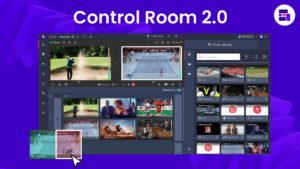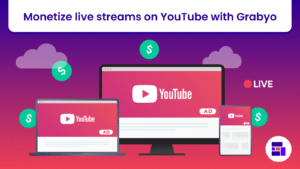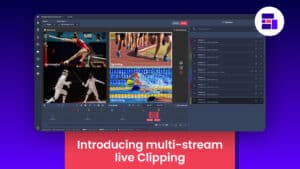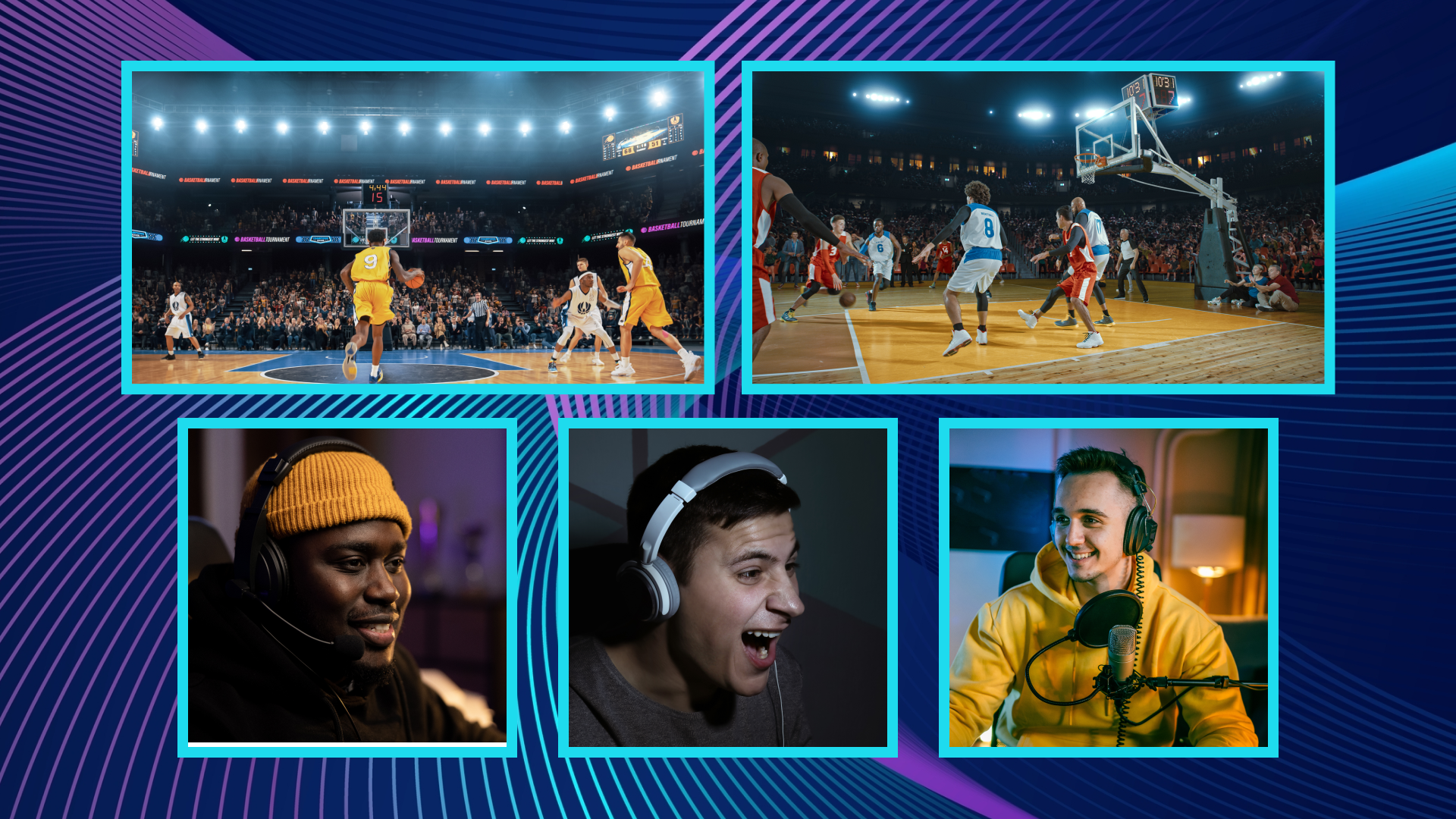
The rise of RedZone-style broadcasts: the future of live sports viewing
The evolution of sports broadcasting
Sports media is changing rapidly, and alternative broadcast formats like NFL RedZone have redefined how fans experience live sports. Since its launch in 2009, RedZone has set the standard for whip-around coverage, allowing viewers to follow multiple games simultaneously, eliminating downtime, and delivering only the most exciting moments. This model has since inspired similar innovations across various sports, reshaping the way audiences engage with live events.
At the heart of RedZone-style broadcasts are several key features that enhance the viewing experience:
- Whip-around coverage – The broadcast jumps between multiple games, focusing on teams in scoring position or pivotal moments.
- No downtime – Viewers aren’t forced to sit through timeouts, commercials, or uneventful stretches of play.
- Highlight-driven – The emphasis is on key plays, such as touchdowns, game-winning drives, or dramatic finishes.
- Live commentary & analysis – A host provides real-time updates, insights, and context to keep fans engaged.
While the format was pioneered by the NFL, it has since expanded across other sports, inspiring a wave of multi-game, real-time coverage. Some notable adaptations include:
🥇NBC’s “Gold Zone” at the 2024 Olympics, offering real-time updates on medal events and key competitions.
🏈 ESPN’s College Football experiments, featuring fast-paced, multi-game coverage.
⚾️ MLB Big Inning showing the most exciting moments from baseball games.
🏀 NBA CrunchTime highlights key plays and crunch-time moments via whip-around coverage in basketball.
🏒 NHL Frozen Frenzy provides live look-ins at hockey games when teams are in power plays or crucial situations.
⚽️ Soccer Goal Rush covers multiple soccer matches, focusing on goals and game-changing moments.
But why is demand for RedZone-style broadcasts growing so rapidly, and why should broadcasters, leagues, and streaming platforms take note?
Why demand for RedZone-style broadcasts is exploding
The rise of alternative sports broadcasts is fueled by shifting viewer preferences, evolving digital consumption habits, and competitive pressures. Broadcasters and rights holders are facing several key challenges that make the RedZone-style format more appealing than ever.
One of the biggest drivers of this shift is declining TV viewership and changing fan behavior. Younger audiences are moving away from traditional, full-game broadcasts, preferring quick, highlight-driven content instead. Platforms like YouTube and TikTok have conditioned viewers to consume short-form, real-time sports clips, making traditional sports coverage feel outdated. As attention spans shrink, the demand for more dynamic, action-packed broadcasts continues to grow.
At the same time, competition from streaming platforms and illegal streaming is forcing broadcasters to rethink their strategies. OTT services such as Amazon, DAZN, and ESPN+ are disrupting linear television by offering direct-to-consumer sports experiences. Meanwhile, social media and unauthorized streams provide free, easily accessible highlights, pulling viewers away from official broadcasts. To retain audiences, rights holders must create interactive, real-time multi-game experiences that keep fans engaged; something the RedZone format excels at.
Monetization and media rights challenges are also driving the shift toward alternative broadcasts. Traditional ad models, which rely on long commercial breaks, are becoming less effective in today’s digital-first landscape, especially considering 84% of millennials say they don’t trust traditional advertising.
RedZone-style coverage presents new monetization opportunities by integrating non-intrusive sponsorships, branded segments, and real-time stat overlays directly into the broadcast. For teams, leagues, and rights holders, the challenge lies in finding innovative ways to package and distribute highlights across multiple platforms while ensuring long-term profitability.
Another growing concern is subscriber churn and low watch time in sports streaming. Fans are frustrated by the fragmentation of sports rights, often requiring multiple subscriptions to watch their favorite teams. This fragmentation leads to lower watch times, impacting both subscription retention and ad revenue. RedZone-style broadcasts, by keeping fans engaged with continuous action, offer a compelling solution to boost loyalty and monetization.
Finally, scalability and production costs remain a major hurdle. Traditional sports production workflows are not optimized for real-time, multi-game highlights, and infrastructure costs can be prohibitively high. However, advances in cloud-based production tools, such as Grabyo, are making it easier and more cost-effective to deliver these dynamic broadcasts. AI-powered highlights, automation and remote production capabilities are helping broadcasters scale up their coverage without significantly increasing overhead costs.
As sports media continues to evolve, RedZone-style broadcasts are proving to be a powerful tool for engaging modern audiences. By addressing shifting viewer habits, combatting streaming competition, and unlocking new monetization opportunities, this format is becoming an essential part of the future of live sports consumption.
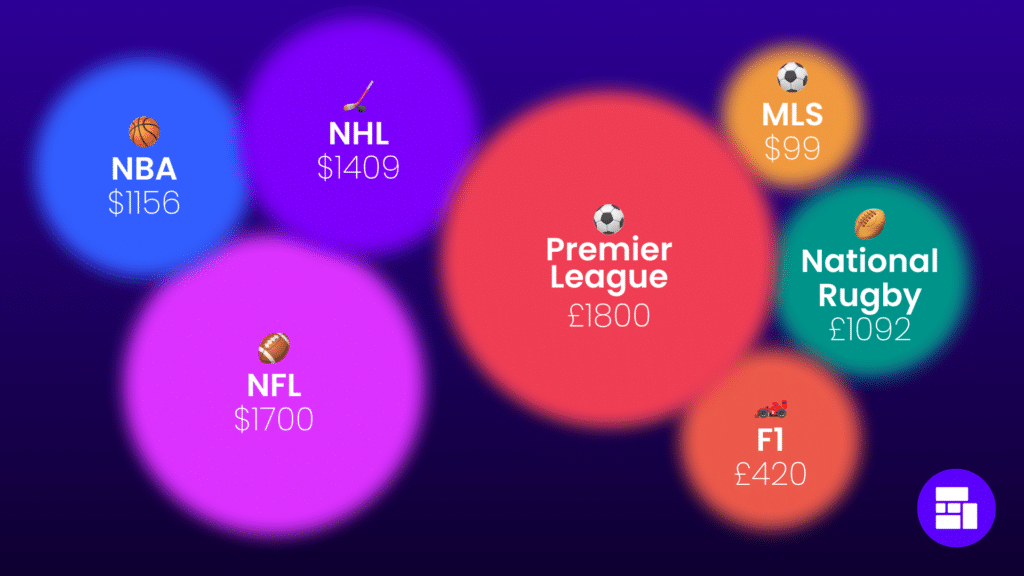
The business case for broadcasters, leagues and streaming platforms
RedZone-style coverage is not just an innovation, it’s a necessity for keeping fans engaged and maximizing revenue. By eliminating downtime and delivering continuous action, these broadcasts increase watch time, ensuring that audiences stay tuned in for longer. This format also unlocks new advertising opportunities, from interactive sponsorships to branded stat overlays and premium viewing options.
Beyond engagement and monetization, RedZone-style coverage has the potential to expand global audiences by making multi-game coverage more accessible and exciting for international fans. It’s also perfectly suited for the rise of fantasy sports and sports betting, offering real-time highlights that enhance second-screen experiences. For leagues and rights holders, the ability to package and distribute real-time highlights across multiple digital platforms adds even more value to media rights, making this format a smart investment for the future of sports broadcasting.
News broadcasters follow the whip-around format trend
It’s not just sports embracing the alt-cast revolution. News broadcasters are following suit, adopting whip-around coverage to meet the demands of digital-first audiences. A prime example is CBS News’ launch of CBS 24/7, a daily program designed to reshape how news is delivered and consumed. By taking inspiration from sports broadcasts, CBS 24/7 adopts a fast-paced, “whip-around” format, ensuring viewers stay informed with real-time updates in a way that feels dynamic and engaging; perfect for today’s digitally savvy audience.
Implementing RedZone-style broadcasts is easier than ever
With the rise of cloud-based technology, launching a RedZone-style broadcast is more accessible than ever. Traditional barriers like high infrastructure costs and complex production workflows are no longer obstacles. Cloud-powered alt-casts allow broadcasters, leagues, and streaming platforms to seamlessly deliver real-time, multi-game coverage to more viewers, across more platforms, with minimal investment.
By leveraging cloud-based remote production, broadcasters can manage live content from anywhere, enabling real-time collaboration. AI-driven highlight clipping automates the selection of key moments, significantly reducing manual workload and accelerating content delivery. Meanwhile, low-latency streaming ensures near-instant updates, providing fans with a seamless, uninterrupted viewing experience.
Beyond efficiency, interactive features and personalization take engagement to the next level. Fans can customize their feeds to focus on specific teams, players, or even betting insights, making broadcasts more immersive and tailored to their preferences.
By embracing cloud-powered alt-casts, broadcasters can expand their reach, enhance engagement, and maximize revenue, all while simplifying production. In an era where live content needs to be dynamic, accessible, and scalable, this approach ensures sports and news coverage can meet the ever-evolving demands of modern audiences.
Final thought: the future of live sports is multi-game, interactive and personalized
RedZone-style broadcasts are not a trend, they are the future of sports consumption. The modern fan expects instant access to key moments, interactive features, and a streamlined experience across multiple games. Broadcasters, leagues, and streaming platforms that embrace this format will lead the next era of sports media.
With solutions like Grabyo, implementing a RedZone-style alternative broadcast has never been easier. The question isn’t whether sports media will evolve, it’s whether you’re ready to evolve with it.



